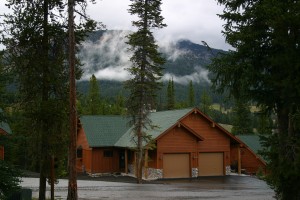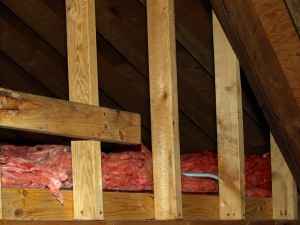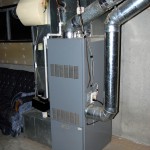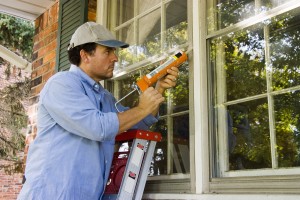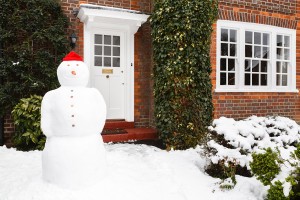Stop air leaks before they put a toll on your comfort and your wallet this Winter.
If you haven’t already, it’s not too late to start getting your home ready for winter. In addition to getting your furnace checked out, we all know it is important to seal your home against air leaks by caulking doors and windows. Doing so not only keeps you and your family warm during those chillier months, it also saves you up to 30% in energy costs. Unfortunately, many well-meaning homeowners who try to seal their homes without help of a professional often overlook some sneaky, drafty spaces and pay a high price for it. When taking measures to keep Jack Frost out this Winter, take a cue from green building expert and President of Energy Vanguard Allison A. Bailes, and think: big…medium…small! Seal the bigger spaces first, the medium holes next, and the smallest culprits last.
Step 1: Seal the big spaces
When a homeowner thinks of the biggest, most energy inefficient, draftiest spaces in their home, what usually comes to mind are windows and doors. Not so. While sealing your windows and doors is especially important, consider these huge energy wasters:
- Ceilings below unconditioned attics
- Floors over crawl spaces
- Vents on an unconditioned attic’s ceiling.
- Bathtub and shower drains
If your home has recently been through a natural disaster or unfinished renovation, incomplete rooms are particularly inefficient and warrant action.
Step 2: Seal the medium holes
After you’ve inspected those gaping energy wasters in your home, take care of the medium-sized spaces that make living comfortably during the winter a hassle, like:
- the area around your furnace flue. If you find dirty fiberglass around it, you can be sure that the flue is not sealed.
- All supply ducts. Check for dirty insulation in order to detect air leaks.
Caution!: If you have an older home, be sure to hire a home improvement weatherization specialist to inspect insulation-rich areas in the event that the insulation contains asbestos. Protect yourself and your family.
Step 3: Seal the smaller holes
Phew! Now that you’ve sealed the large and medium air leaks in your home, you can move on to sealing the small spaces with caulk and spray foam. Some of these spaces include:
- Yep, finally…your windows and doors. If you detect leaks, install new weather stripping and fill in any exterior gaps around door trim with caulk.

Tip: Not too confident of your ability to make a straight line of caulk when sealing those small spaces? Invest in the clear variety or even a super-helpful caulk gun.
- The tiny gaps and spaces around electrical wiring where it extends through the frame of the house.
- Non-airtight holes around the perimeter of your basement, if you have one.
You can seal your home on your own, but there are many benefits associated with using a professional who knows what they are doing when it comes to energy-efficient building and home weatherization.
When you trust an expert to seal the your home you receive:
- An analysis of your home’s energy efficiency, and the “big picture” of where all of those pesky leaks actually are.
- The peace of mind that comes with knowing that the sealing process is done safely—an expert can detect dangerous asbestos in insulation and avoid sealant issues around your combustion appliances.
- A final energy-efficiency assessment after the problem areas are fixed, so you can rest assured knowing that this Winter won’t cost you any more than it needs to.
If you need assistance with any home improvement, building, or remodeling services this season, call us today for a consultation at (817)-371-7514.
Special thanks to the efficiency pros at Energy Vanguard for many of these helpful tips. You can read the original article here.

